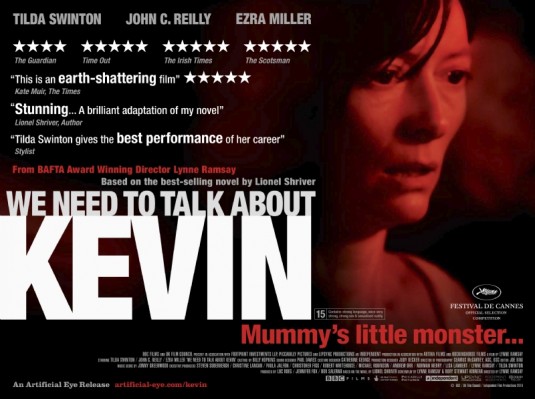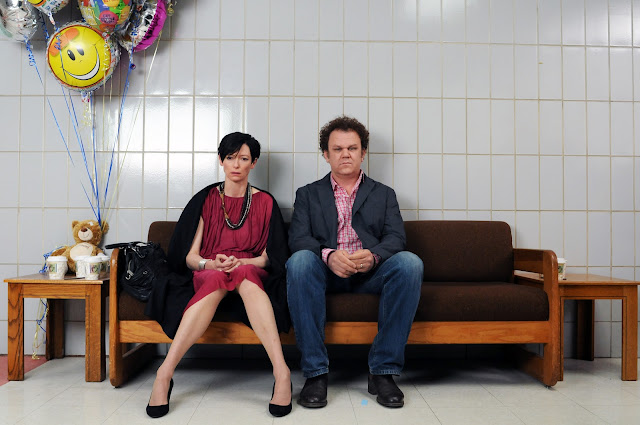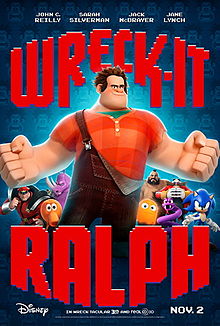
Horror-comedy Life After Beth is the kind of movie that’s very easy to explain.
Girl dumps Boy, Girl dies and comes back as a zombie with no memory of the break-up, Boy continues to date her even though he’s a little afraid of her.
But there’s not a lot else. Even the titular character is scarcely more than a name. After sitting through the slim 89 minutes of I Heart Huckabees writer Jeff Baena’s directorial debut, I’m still left wondering who Beth is. And what did she care about besides her boyfriend and sex?
Aubrey Plaza plays the dear departed Beth Slocum, cut down by a snake bite during a solo hike, leaving behind her stalker ex-boyfriend, Zach (Dane DeHaan). Zach hasn’t taken her death very well. He dresses in black and ignores his parents and brother, preferring to spend time with Beth’s grieving parents (John C. Reilly and Molly Shannon) who treat him like a son. When the Slocums stop contacting him, he stalks and spies on them to find out why. Quickly, he discovers they have been hiding Beth, who has mysteriously returned from the grave, unaware of her own death.
A scheme is hatched. Beth’s parents will continue to cherish “the miracle” of her resurrection and Zach will get his girlfriend back and have a second chance to get it right and take her dancing and on hikes like she always wanted. Keeping Beth a secret is crucial, they will continue to hid her return and keep her in the dark about what had happened to her. But her sudden fits of rage, rotting body, and crazy strength make things difficult.
From Beth’s perspective this would make an intriguing premise; she is confused, strange things are happening to her body, things she can’t control, and that’s the stuff horror movies are made of. Yet, despite her lone presence in the title, the poster, and Plaza’s top billing, the film is never about Beth. The story belongs to Zach.

Though Plaza gives a committed physical performance, clearly having a ball in monster make-up, it’s really all she’s given to do. She isn’t even given much room to be funny in the supposed comedy. It’s as if Plaza has been cast in a feature length sketch-show, playing all manner of stereotypical “girlfriends from hell.” For a good while she’s the horny girlfriend who needs to be reminded not to rip her boyfriend’s clothes off at any opportunity, then she plays the jealous girlfriend who’s convinced any women her boyfriend talks to is sleeping with him, after that she’s briefly Linda Blair in The Exorcist, before finally ending the film as a rabid dog biting at anything that gets too close. I imagine it on Saturday Night Live: first a short musical theme, “The Girlfriend from Hell,” then Plaza making a snarky comment to her boyfriend and vomiting pea soup all over him.
But who was she when she was alive? What does Zach love so much about Beth that he couldn’t get over her, it had to have been more than just her potential to act as a sex robot. What kind of memories do her parents cherish about her?
None of these questions is answered.
To make a film that centers around a death, that death has to mean something to the audience. There are many ways to do this, from the inherently sad (child deaths) to the anguished (and unbefitting of a comedy) mental breakdown of the surviving characters. The main problem with Life After Beth is that the titular character never once felt like a real person, a once living girl who happened to be named Beth. Instead, she felt like a construct invented by writer and quickly named for a catchy title. All she is is a girl named Beth, no more fleshed out in the finished film than she would be in a rough plot line, this guy’s girlfriend and this couple’s daughter. She matters to people but she never achieves personhood herself and so is difficult to care about.

While the film opens with a brief glimpse of a scared (still living) Beth lost in the woods and looking for cell service, this is all we see of her. As we are never allowed to know Beth; her presence as a zombie is robbed of any sense of irony or tragedy, which would make it entertaining to watch. The short grief narrative the film opens with only serves to remind us that these stories are about absence. Even when Beth returns, she is absent, a dead girl given a flesh and blood presence, yet never a voice. Throughout the film, Beth is fetishized as a dead girl, and in one scene, Zach masturbates with a scarf she had left behind.

Beth’s constant desire for Zach is meant as a source of humour, notably as she pops out of the roof to ask him to go for a hike. Though he was originally the one obsessively in love with her, even stalking her family, she is seen as the pathetic one. Her lust is uncontrollable and as it morphs into murderous and cannibalistic impulses, and the high female libido is painted as monstrous. Moreover, the destruction of the attractive female body is intended as a source of dark comedy and Beth is de-personified to the point where, when she finally dies again, it’s with Zach shooting her in the head to put her down, again like a rabid dog.
In this light, there is something disturbing about seeing her tied up and chained to washing machine for the last act. In order to handle her, Beth must be trapped and contained, with her boyfriend, a person she had tried to break up with, in complete control and possession of her. The situation continues to be horrific for Beth, but but her character’s zombification means she is no longer a person with a perspective of her own. When Zach finally apologizes for how he treated her as a living person, she’s no longer there and the apology is more for him than her.

Parts of the Life After Beth reminded me of 2012’s Ruby Sparks, another film about a girlfriend who exists only as a male fantasy and to tell us something about him. However, Ruby Sparks, whether successful or not, played with this idea to expose something troubling about the stories we tell in our culture. Life After Beth makes no such commentary. Sure Zach needs to come to terms with his girlfriend’s death but Beth’s return didn’t do much to change this central fact. Throughout the film he vacillates between refusing to give her up and feeling burdened by her presence. Narratively, the film would have worked better if Beth’s resurrection occurred because Zach made a selfish wish, as would have given both him and Beth room to grow.
Toward the end, the film changes gears completely, as people everywhere begin returning from the dead. This larger zombie apocalypse creates a rift in the narrative, and expects us to shift gears, stop caring about Beth and Zach, and start caring about the fates of Zach’s family and their fight to survive.

As much as I disliked this movie, I can’t imagine how insufferable it would be without Aubrey Plaza as Beth. She’s obviously enjoying herself, playing a role so different from anything she’s done before, and it’s enjoyable to watch that. There’s definitely some fun in the role of Beth, which allows Plaza to be monstrous and unattractive.
Life After Beth tries to be a romantic comedy and a zombie movie, yet forgets how to deliver either laughs or scares. There are a few bright spots: Mrs. Slocum feeding her hands to her monster-daughter and Beth tumbling down a hill with a stove strapped to her back, but they are few and far between. The running gag, of zombies liking smooth jazz, is one of those touches that seems hilarious on paper but cloying when translated to the screen.
It’s always great to see fresh twists on old stories, but we can’t forget what made the old stories great in the first place. With no build-up of the relationship and no reason for the resurrection, there’s nothing left to care about.
_________________________________________________________________________________________________________
Elizabeth Kiy is a Canadian writer and journalist living in Toronto, Ontario.














